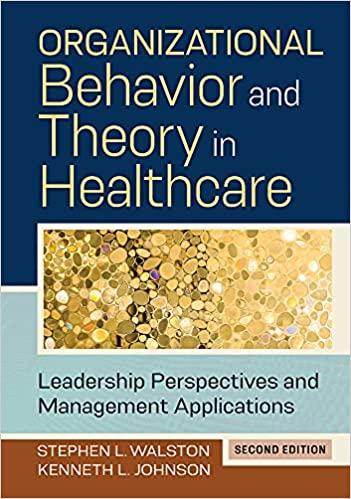What type of groupthink may have occurred within the company? It was 2017, and the addiction and
Question:
What type of groupthink may have occurred within the company?
It was 2017, and the addiction and death of thousands of Americans had been racking the nation for decades. Opioids became very popular in the 1990s, as pharmaceutical companies assured medical professionals and patients that the drugs were wonderful pain relievers and were not addictive.
As a result, providers rapidly increased their prescription of these drugs, many of which ended up on the streets being resold for high markups.
However, opioids are extremely dangerous. Oxycodone is twice as powerful as morphine, and a former Food and Drug Administration commissioner has stated that “few drugs are as dangerous as the opioids” (Keefe 2017). In 2017 alone, more than 47,000 Americans died because of opioid overdoses and about 1.7 million people struggled with addiction to an opioid, which included prescription opioids, heroin, and fentanyl. According to the National Institutes of Health’s National Institute on Drug Abuse
(2021):
• Roughly 21 to 29 percent of patients prescribed opioids for chronic pain misuse them.
• Between 8 and 12 percent develop an opioid use disorder.
• An estimated 4 to 6 percent who misuse prescription opioids transition to heroin.
• About 80 percent of people who use heroin first misused prescription opioids.
Since 1999, over 200,000 Americans have died from opioid overdoses.
Purdue Pharma was built around the production and sales of Oxy-
Contin, an opioid that the company introduced in 1996 and marketed so aggressively that sales grew from $48 million in 1996 to almost $1.1 billion in 2000. By 2002 it had sales of almost $3 billion with over 14 million prescriptions.
Step by Step Answer:

Organizational Behavior And Theory In Healthcare Leadership Perspectives And Management Applications
ISBN: 9781640553026
2nd Edition
Authors: Kenneth L. Johnson, Stephen L. Walston





